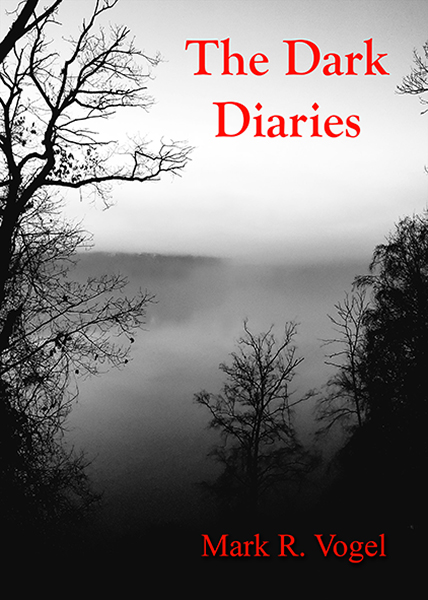Kevin Tenney’s claim to fame is his possession jubilee called Night of the Demons, released the same year–as synchronicity would have it–that Tom Holland unleashed Child’s Play. However, though many have stated that Tenney’s effort eight years hence, Pinocchio’s Revenge, is a poor facsimile of Holland’s iconographic killer doll, Tenney’s work serves as a great example of a variation upon a theme as both directors present us with similar plots, presented two vastly different ways. Whereas the former stylishly mounts and sustains tension via plot ambiguities, the latter unequivocally presents us with the murderer writ large but induces audience trepidation by way of masterful, Carpenter-esque cinematography.
When Zoe (Brittany Alyse Smith), the young daughter of defense attorney Jennifer Garrick (Rosalind Allen), mistakes court evidence her mother has brought home–a marionette puppet–as a birthday present, Zoe’s mental instability, which manifests itself in the form of physical aggression, beings to mount as her daughter starts citing the doll as the culprit to her crimes.
Tenney’s work is a prime example of a “slow burn” work of horror, for he takes over half the film to develop his plot by way of his characters. Though seemingly arbitrary upon delivery, we watch as Jennifer loses a death row client’s (Lewis Van Bergen) final appeal even though she can irrefutably prove that he only killed his son and no one else, thus his sentencing as a serial killer being unfounded. After this, the characters never allude to the circumstance again. Also, early in the film, we are witness to Zoe engaging in playground school violence to, at first glance, little consequence. However, these scenes are essential in that, unlike Tenney’s predecessor, he develops and sustains the ambiguity as to the killer’s true identity for, upon reflection, we can argue that the doll which Zoe claims is responsible for the murders we see later in the film is due to the doll being the gift of the late killer to his dead son (whether the doll is possessed by the murdered child or the child’s deceased father is a moot point). Conversely, having displayed aggressive behavior prior to the doll’s introduction in her life, Zoe can readily be viewed as the culpable party.
Granted, we see the doll move and talk, but in each instance we are unable to determine whether or not Tenney has removed our omnipotent perspective and temporarily placed us in the subjective, therefore highly unreliable, mindset of the various characters. Cunningly, Tenney reassures us that we cannot trust what we are being given. For example, upon the first instance in which the doll talks to Zoe, the director grants us a recording of the incident in which it is clear that the girl was merely talking to herself. Likewise, after a character is viciously attacked by the doll, we are allotted the possibility that the figure was not only suffering from heightened stress and a blow to the head resulting in a concussion, but Tenney further compounds the issue by implying that the character might well be mentally unstable, thus, by induction, lending more weight to the possibility that Zoe is the homicidal perpetrator.
Though not as well photographed as Child’s Play, Tenney is to be commended on two counts: One, for the creative manner in which he has the titular character’s nose grow without forcing, in either direction, the metaphysical status of the doll upon his viewer and, two, the coy homage to Holland’s film during a central scene in which the cinematography knowingly mimics his forerunner.
As an aside, I did find it interesting that Allen proceeds through much of the film with THO but, more alarming is that we are served with not one, but two pedophilia-sponsored upskirt shots of Zoe while on the playground.
All in all, much like Tom Holland’s killer doll, Chucky, little substance is issued in Kevin Tenney’s Pinocchio’s Revenge. However, considering that the director’s itinerary never included making a great cinematic masterpiece, we must assess the work on its own terms, which is to present and sustain a little over and hour-and-a-half of anxiety-filled horror, subsidized by plausible, circumstantial ambiguity. As such, Tenney’s film achieves its goal splendidly, resulting in a picture which has unjustly been labeled a bastardized version of a Hollywood blockbuster in lieu of the fact that Pinocchio’s Revenge can readily, not only stand on its own two feet, but do so alongside its cinematic antecedent.
-Egregious Gurnow
- Interview with J.R. Bookwalter - January 22, 2015
- Interview with Andrew J. Rausch - January 22, 2015
- Interview with Rick Popko and Dan West - January 22, 2015
- Interview with Director Stevan Mena (Malevolence) - January 22, 2015
- Interview with Screenwriter Jeffery Reddick (Day of the Dead 2007) - January 22, 2015
- Teleconference interview with Mick Garris (Masters of Horror) - January 22, 2015
- A Day at the Morgue with Corri English (Unrest) - January 22, 2015
- Interview with Writer/Director Nacho Cerda (The Abandoned, Aftermath) - January 22, 2015
- Interview with Actress Thora Birch (Dark Corners, The Hole, American Beauty) - January 22, 2015
- Interview with Actor Jason Behr, Plus Skinwalkers Press Coverage - January 22, 2015


